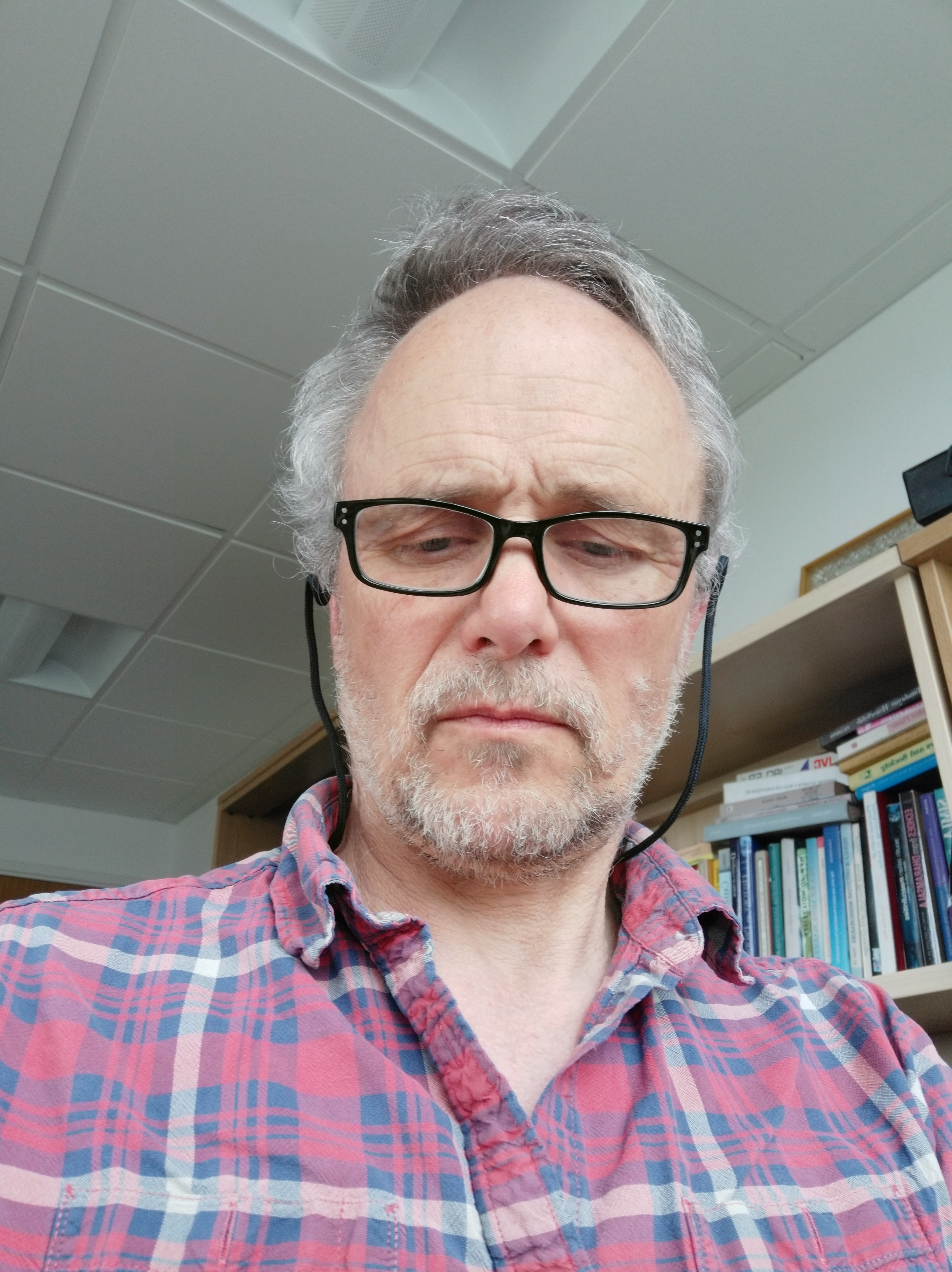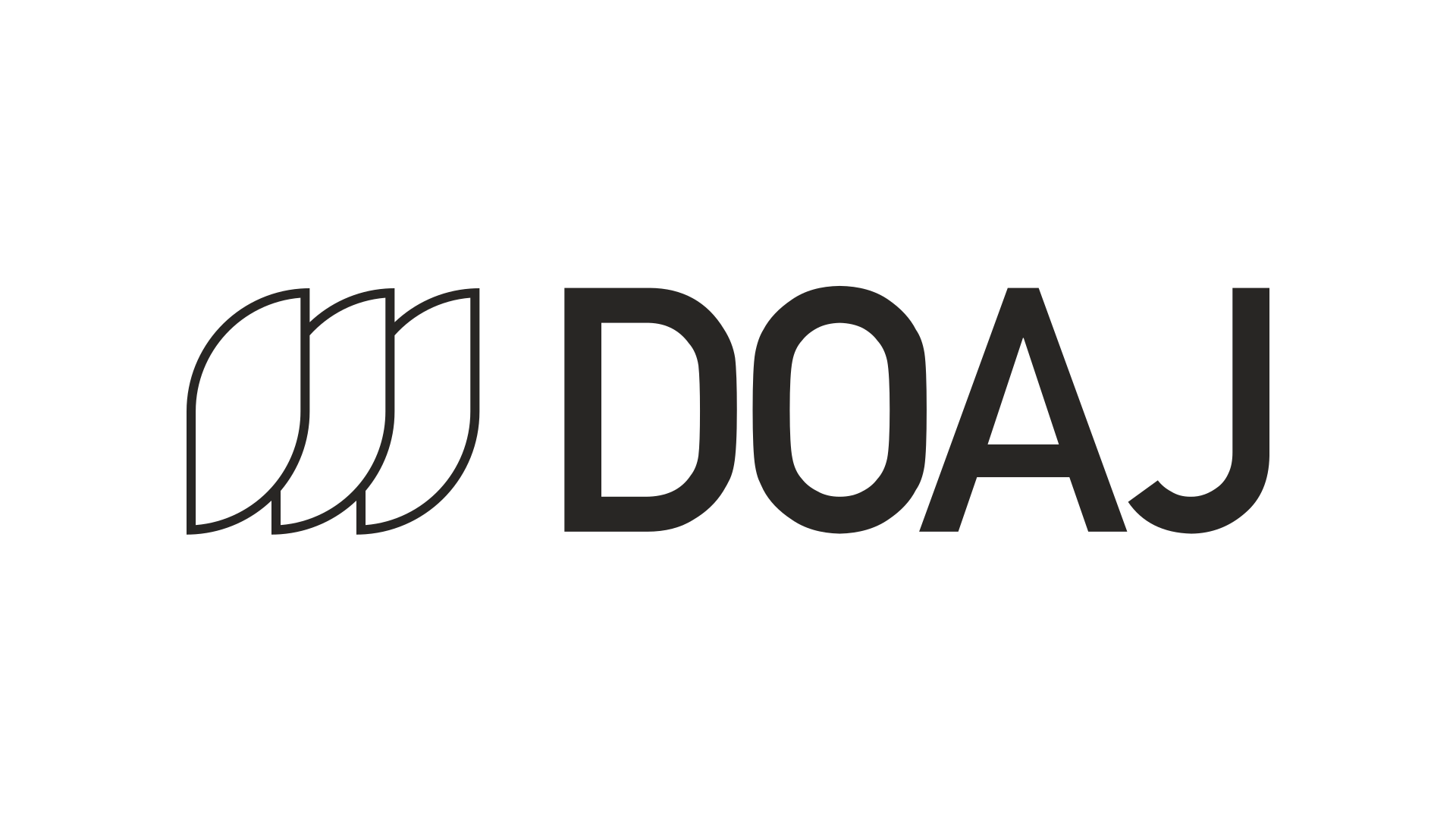The Medicine Anthropology Theory journal is an open access journal based in Scotland, run by the Edinburgh Centre for Medical Anthropology, and hosted by Edinburgh Diamond at the University of Edinburgh. As part of our ‘Story behind the journal’ series, DOAJ spoke with Professor Ian Harper, Coordinating Editor and member of the MAT Editorial Collective, and Rebecca Wojturska, the Open Access Publishing Officer at the University of Edinburgh.
Tell us about the Medicine Anthropology Theory Journal
Ian: The journal started at the University of Amsterdam in 1989 under the name Medische Antropologie, and existed under this name until 2012. In 2013 it was reincarnated as Medicine Anthropology Theory (MAT) and was run by our colleagues Eileen Moyer and Vinh-Kim Nguyen in Amsterdam, with the first issue being published in December 2014. We took over its oversight as a collective at the University of Edinburgh in 2020. MAT is a journal that engages at the intersection of health, culture and society.
Our journal is the only diamond open access journal within medical anthropology. When we took over the editorialship, we wanted to be a fully open access journal, without charging any article processing fees to allow more people to get involved in conversations related to medical anthropology. Our aim is to have readership and submissions from all over the world.
Since taking the journal on, we quickly realised that running a journal involves a lot of costs. The sustainability of our journal’s publication model has been a topic of conversation in our editorial collective for years now. For instance, we have written an editorial about the hidden costs of open access publishing called “the cost of being free”.
We have been lucky as the Edinburgh Centre for Medical Anthropology (EdCMA) at the School of Social and Political Science agreed to underwrite some of the costs of the journal if we were unable to raise the costs ourselves. This is a part of the School’s commitment to open access and allows us to have an employed Managing Editor, whom we could not survive without. We also get support from Edinburgh Diamond and through a research grant.
Rebecca, what has your role been in relation to the journal?
I am the Open Access Publishing Officer at the University of Edinburgh, and I manage an open access hosting service within the library called Edinburgh Diamond. The team at Medicine Anthropology Theory reached out to us, as they wanted the journal to publish under a diamond open access model and needed the infrastructure to support it. A lot of editorial teams are quite small and lack the resources to manage a journal by themselves, so we provide technical infrastructure and publishing guidance. We use the Open Journals Systems by PKP (Public Knowledge Project) as a platform for all our journals.
What motivates you both to be involved with the journal?
Ian: In 2014, a centre for Medical Anthropology, EdCMA, was set up at our University to consolidate activities by people who were working in the arena of anthropology, health or medical anthropology. We were discussing how we could continue to be at the forefront of medical anthropology in Europe. We thought one way would be to manage an open access journal. When we heard from Amsterdam that they wanted to hand over the MAT journal, we decided to put a bid in.

Top row from left to right: Dr Ayaz Qureshi, Prof. Ian Harper, Dr Kaveri Qureshi
Bottom row from left to right: Dr Marlee Tichenor, Prof Alice Street, Dr Jessica Cooper
Rebecca: From my perspective, working with Medicine Anthropology Theory has been very rewarding as they are just as into diamond open access as we are, and have the same ethics and values behind their mission as we do at Edinburgh Diamond. The team at MAT are very transparent about their activities, so we really enjoy working with them. We feel like we’re on the same page!
Ian: We definitely are, and we couldn’t have done it without you. I’m astonished that anyone has time and capacity to run a journal without the kind of support we receive from Edinburgh Diamond.
What are your personal views on open access?
Rebecca: I’m a very keen advocate for diamond open access. I know it’s not straightforward to just flip subscription budgets, but I do think it’s important that institutions invest more in open access, and review how the library can get involved. Merging the skills between publishing and librarianship to work more collaboratively, and having academic-led publishing, will be the way forward.
Ian: For me, because I do a lot of work with colleagues in Nepal and other places, I think supporting open access is about the sheer cost involved in the non-open access content. It’s obscene, really, the amount of money that goes to the corporate sector for publishing, and for making publications open access. It’s just wrong. That money could be repurposed in a much better way if the money was brought back to the academic, public knowledge endeavour.
The corporate tentacles reach far and wide and deep into the publishing industry. I’ve learnt a lot more about this since we’ve been more involved in publishing. Perhaps it has been naive not to know so much about this before going into this venture.
Rebecca: The corporate publishers do have a stronghold on academia. Unpicking that and the importance placed on things like the Impact Factor will be a long-term project. It will be interesting to see how open access develops.
Ian: Yes, it is the future, I hope. Though the tentacles seem to keep dragging us back, in all kinds of unexpected ways!
Why do you think DOAJ is important to the scholarly community?
Rebecca: I would like to give a shout-out to the DOAJ for everything they do to highlight open access content. At Edinburgh Diamond, we use the DOAJ inclusion criteria to demonstrate the makings of a high-quality journal to our editors. We also really think that DOAJ does a lot for the open access community, and we’re very grateful for that.
Having places like DOAJ, where guidance and support are available, is really helpful for journals. Also, the focus on transparency is really important, because that’s something that has been missing in publishing for a long time. I think DOAJ has done a lot of positive work in terms of helping journals become higher quality journals.
Ian: I agree, having these standards and the commitment to transparency is really important.
What could DOAJ do in the future to help journals such as yours?
Rebecca: I think offering specific workshops for journal editors would be very helpful. This could help all kinds of journals to become high quality journals in terms of following your set of criteria, and how to do this well. These workshops could link to other things out there too, which exist, like COPE.
Ian: Yes, we’ve been grappling with ethics, specifically around open access, so some workshops around the practical side of things could be of value.
What’s your best advice for someone who wants to take on or start a journal?
Ian: Don’t underestimate the amount of work, and try to think of the finances in order to be open access – have a financial plan in place, and consider the hidden costs.
Rebecca: There is a community within open access, which is heartwarming. A lot of people are happy to meet with you and share their knowledge. You can also reach out to your librarians, and see what your institution can offer in terms of support or hosting/publishing services.
This story is a part of our series about journals indexed in DOAJ, which digs into the history of selected journals, their views on open access and their motivation for and experience of getting indexed in DOAJ. Each story is based on an interview with a representative of the selected journal.


